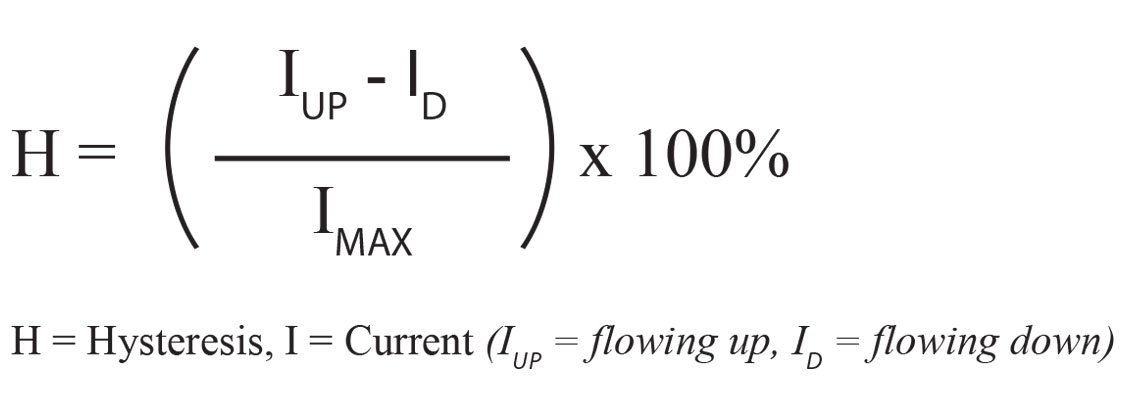What Is Hysteresis?
Clippard defines hysteresis as the maximum difference in current required to achieve a set point flow. But, what exactly does that mean? And more importantly, how does it impact the valves you're using? Check out this quick video to learn more.
Video filmed at Clippard in Cincinnati, Ohio
VIDEO TRANSCRIPT:
Hi everyone, Doug Paynter, Proportional Product Manager here at Clippard. As it relates to proportional valves, hysteresis is the difference you see in flow when you’re going up to a specific flow target compared to going past that flow target and then driving back down to the same flow target.
Clippard defines hysteresis as the maximum difference in current required to achieve a set point flow. It can be expressed mathematically via this equation:

Hysteresis is your current as you’re increasing to a particular flow rate, minus the current when you’re driving down that same flow rate, divided by your maximum current.
Now I’m a fairly smart guy, but when I see this in the formula, it makes me better understand what hysteresis is in relationship to a proportional valve—and it also shows me the potential headaches it can create.
The hysteresis we see when working with current-driven proportional valves is primarily magnetic. Basically, when I give the valve’s coil current, I’m generating an ever-increasing electromagnetic field. This electromagnetic field allows me to accomplish an actual amount of power to pull that poppet design off the nozzle to initiate flow.
It takes greater force to open up a valve than it does to close the valve, therefore I need more current to open the valve up and travel along the uphill side of the flow curve than it does to descend along the downhill side of the flow curve.
If you have any further questions in regards to hysteresis or anything pneumatic, give us a call at any time. I am Doug Paynter, Proportional Product Manager here at Clippard, thank you very much for your time.
Related Content





